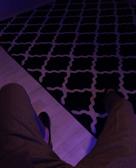
Review on 🖼️ Pandigital PANSCN06 Personal Photo Scanner/Converter - Easily Digitize and Preserve Your Memories by Brian Motley

Really great buy
I'm quite a serious amateur photographer, I have several boxes and bags of old photographs, many (but not all) of which have negatives. I have owned and used several flatbed and film scanners over the years. I have a lot of experience with them. They are all terribly SLOW. And they all require significant attention - if you're using a flatbed scanner or a film scanner, you need to load the device, connect it to your computer, scan and save the file. A picture lasts several minutes and it is almost impossible to do something else at the same time. Log in to the pandigital scanner. I'm watching a ball game. Or a movie. I plug in the scanner and turn it on (the person who said it was the size of a paper towel roll is right). I take one of my photo boxes and leaf through it. I find a photo I like and put it in the scanner's "slot". The photo is gently lifted from my hands and begins its journey through the scanner. All this takes 5-8 seconds and the photo appears from the other side. Scan times and convenience are about the same whether it's a 2 by 3, 8 by 10, or anything in between (most of my photos are 3 1/2 by 5 and 4 by 6). About two seconds later, the light on the scanner stops blinking and I insert another photo. When watching an extremely slow Boston Red Sox team, I probably look at the second photo before the pitchers pitch again! One morning, as I was flipping through the Sunday news, I was looking at over 130 photos. Eventually I got to my computer and loaded all my pictures from the memory card that came with it. Results: (1) photos are taken very clearly; they do not need to be cut or straightened to be usable. (2) DO must be rotated. Photos may be upside down or need to be rotated clockwise or counterclockwise. Lots of programs will handle this (I use something called "Thumbsplus" which does the turning of pages "in bulk"). (3) Some photos benefit from increased brightness (I use the same program for this as well). The content appears to be there - after increasing the brightness, I still have a great scan. (4) So far I have had TWO out of almost 300 scans with lines. I try to remove obvious sand or dirt from photos if I find that to be a problem. (5) I have not attempted to make LARGE reprints of my scans. Of course, 4 times 6 looks great. I suppose I could do some serious film scanning for my best "artwork", but for all those old family photos I want to preserve digitally, this is absolutely top notch work. It's just a great device. I have recommended it to everyone I know.
- Office Electronics
- No
New products
Comments (0)
Top products in 📄 Document Scanners
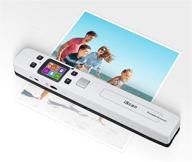
MUNBYN Magic Wand Portable Scanner: Fast Wi-Fi Document Scanning, 1050DPI, 3sec A4 Color Scans, Includes 16G Memory Card – For Photos, Receipts & More!

11 Review
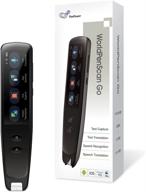
PenPower WorldPenScan: Digital Highlighter, Multilingual Reading & Portable Translator – All-in-One Solution for Speech-to-Text and Scan-to-Translate

11 Review
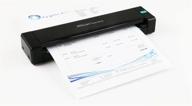
📃 IrisCan Executive 4 Portable Mobile Duplex Document Image Scanner - USB Powered, 1-Click Scan to PDF, Full OCR in 138 Languages, Scan to PDF/Word/XLS/JPG/Cloud/, Business Cards & Receipts

10 Review
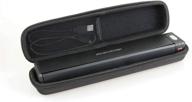
📱 Protective Hermitshell Case for Fujitsu ScanSnap iX100 Wireless Mobile Scanner

10 Review
Another interesting products
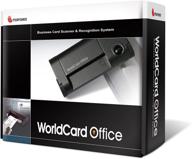
💼 Compact Business Card Scanner: WorldCard Office Mini

7 Review
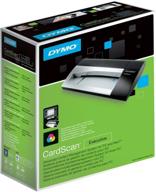
DYMO CardScan v9 Executive Business Card Scanner and Contact Management System for PC or Mac - Enhanced SEO

8 Review

Ambir DP687 Duplex ID Scanner

7 Review
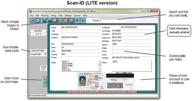
💳 Windows Medical Insurance and ID Card Scanner with Scan-ID LITE

10 Review

